poisonous house plants
Top 20 Houseplants Poisonous to Cats and Their Safe Alternatives
Houseplants can add beauty and freshness to your home, but if you’re a cat owner, it’s essential to be mindful of the plants you choose. Many common houseplants can be toxic to cats if ingested, and even a small nibble can lead to serious health issues. To help you keep your feline friend safe and your home green, we’ve compiled a list of the top 20 houseplants that are poisonous to cats, along with recommended alternative plants that are safe for your furry companions.
1. Lily (Lilium spp.)
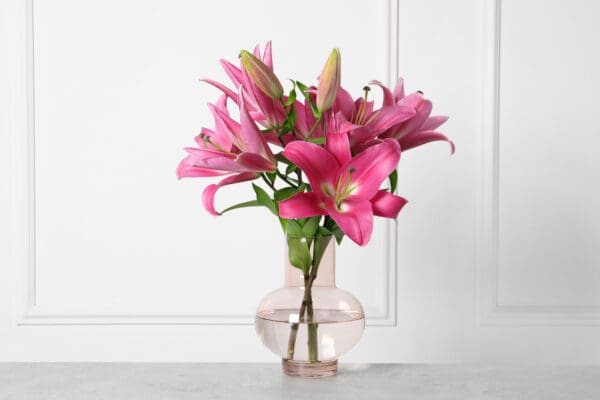
Dangerous to cats due to potential kidney damage.
Alternative: Spider Plant (Chlorophytum comosum)
2. Pothos (Epipremnum aureum)
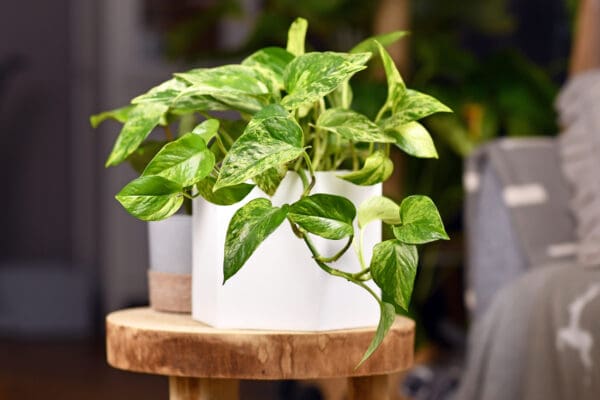
Toxic to cats, causing mouth and stomach irritation.
Alternative: Boston Fern (Nephrolepis exaltata)
3. Philodendron (Philodendron spp.)
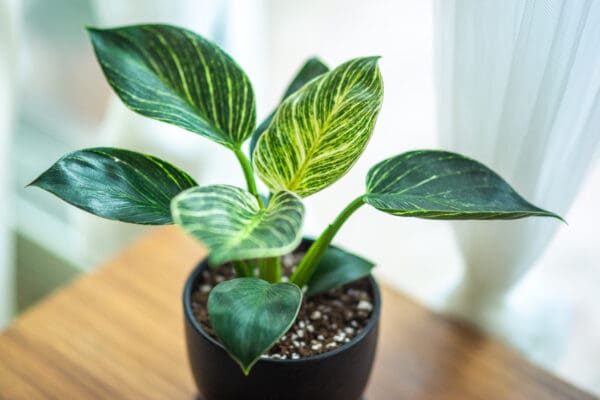
Can lead to oral irritation and swelling in cats.
Alternative: Parlor Palm (Chamaedorea elegans)
4. Dieffenbachia(Dieffenbachia spp.)
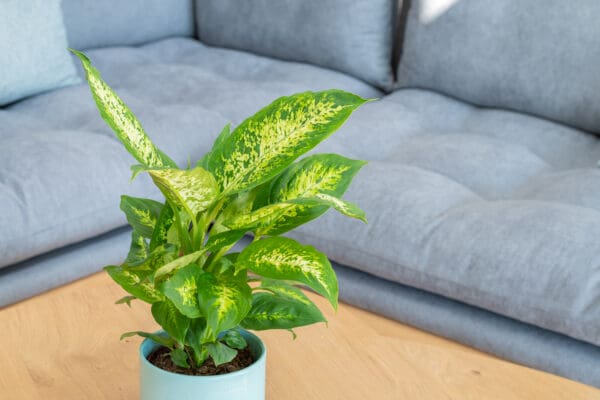
Causes intense burning and irritation in the mouth.
Alternative: Areca Palm (Dypsis lutescens)
5. Caladium (Caladium spp.)
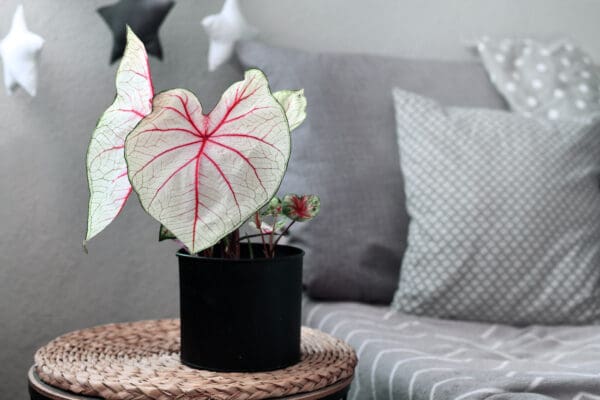
Toxic to cats, leading to mouth and throat irritation.
Alternative: Baby Rubber Plant (Peperomia obtusifolia)
6. Oleander (Nerium oleander)
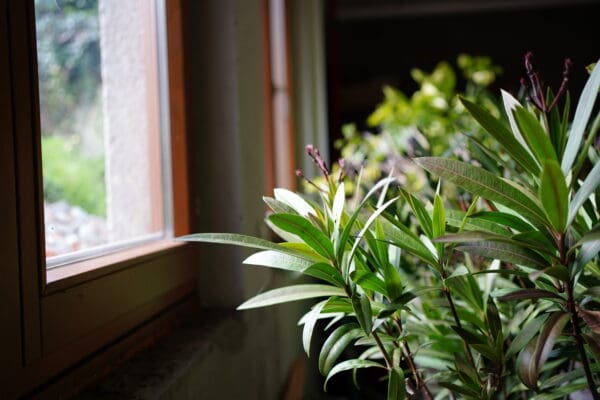
Highly toxic to cats, leading to severe heart issues.
Alternative: Bamboo Palm (Chamaedorea seifrizii)
7. Cyclamen (Cyclamen spp.)
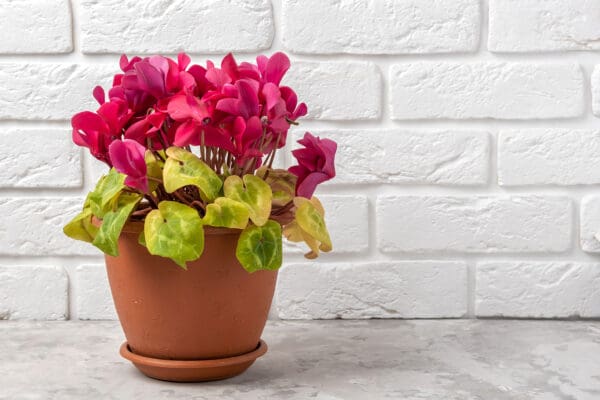
Causes digestive problems and heart issues in cats.
Alternative: African Violet (Saintpaulia spp.)
8. Sago Palm (Cycas revoluta)
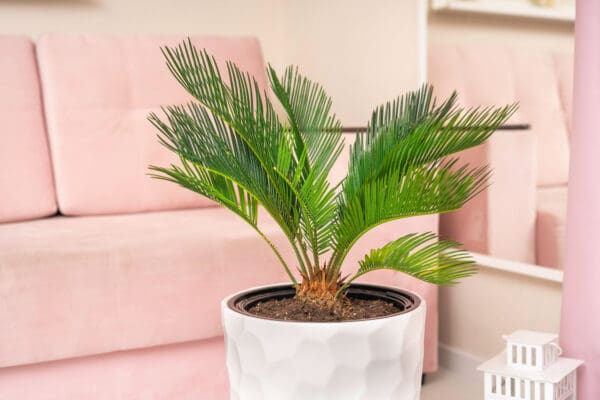
Extremely poisonous to cats, potentially fatal.
Alternative: Christmas Cactus (Schlumbergera spp.)
9. Snake Plant (Sansevieria trifasciata)
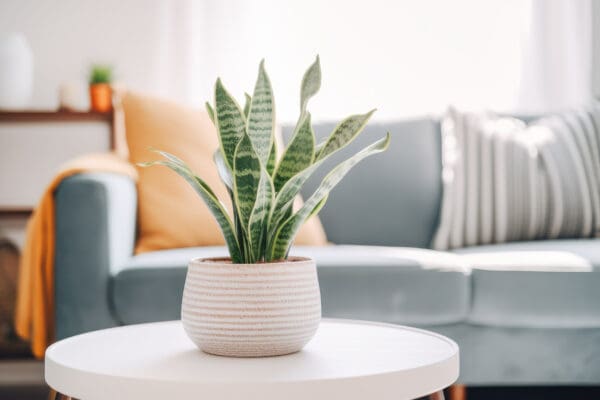
Can cause nausea and vomiting in cats.
Alternative: Friendship Plant (Pilea involucrata)
10. English Ivy (Hedera helix)
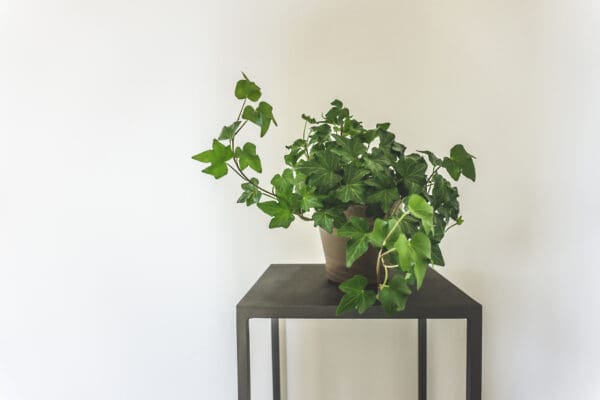
Toxic to cats, causing drooling, vomiting, and diarrhea.
Alternative: Peperomia (Peperomia spp.)
11. Aloe Vera (Aloe barbadensis miller)
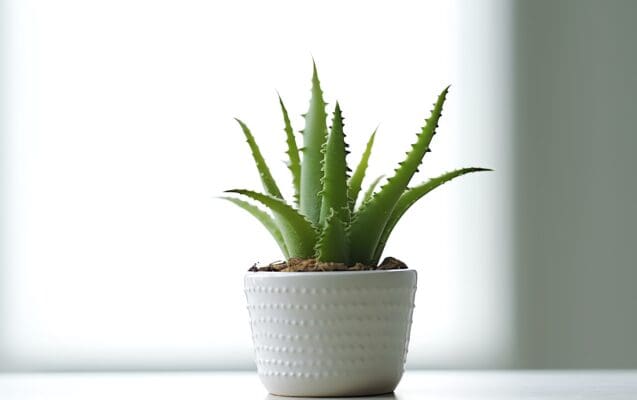
May cause diarrhea and lethargy in cats.
Alternative: Burro’s Tail (Sedum morganianum)
12. Jade Plant (Crassula ovata)
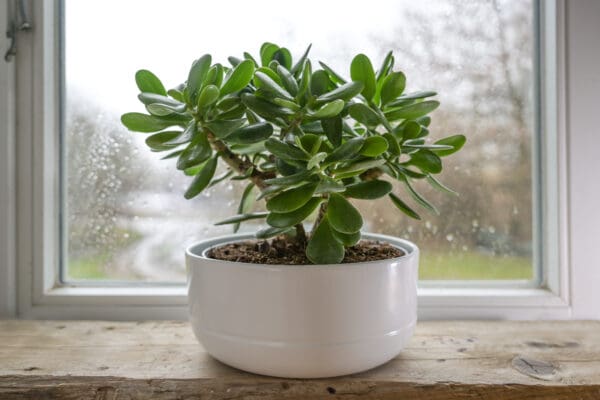
Can lead to vomiting and depression in cats.
Alternative: Zebra Plant (Haworthia fasciata)
13. Asparagus Fern (Asparagus setaceus)
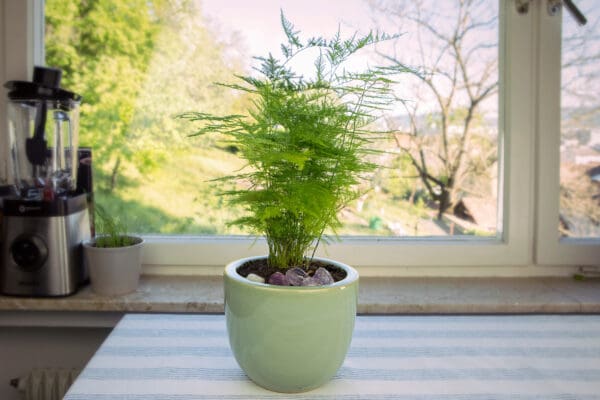
Toxic to cats, causing dermatitis and vomiting.
Alternative: Polka Dot Plant (Hypoestes phyllostachya)
14. Amaryllis (Hippeastrum spp.)
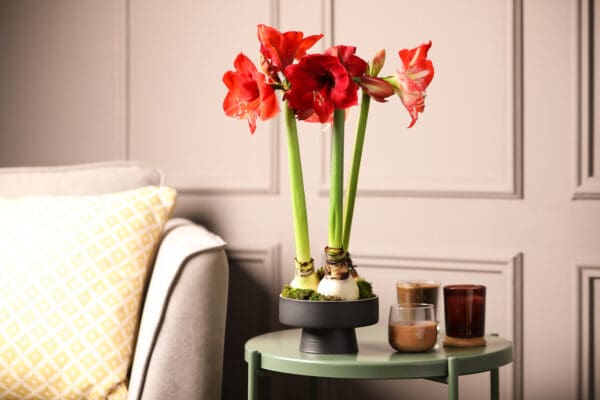
Highly toxic to cats, leading to severe health issues.
Alternative: Prayer Plant (Maranta leuconeura)
15. Peace Lily (Spathiphyllum spp.)
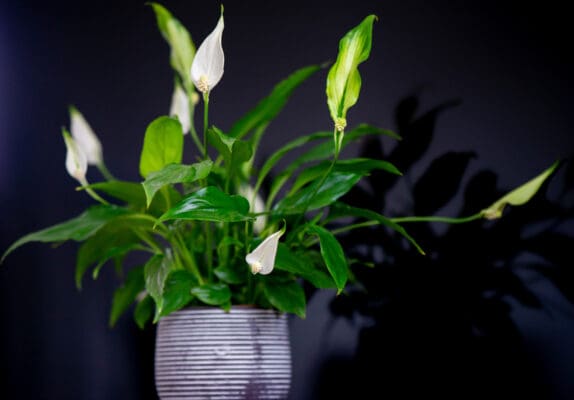
Causes mouth and stomach irritation in cats.
Alternative: Air Plant (Tillandsia spp.)
16. Rubber Plant (Ficus elastica)
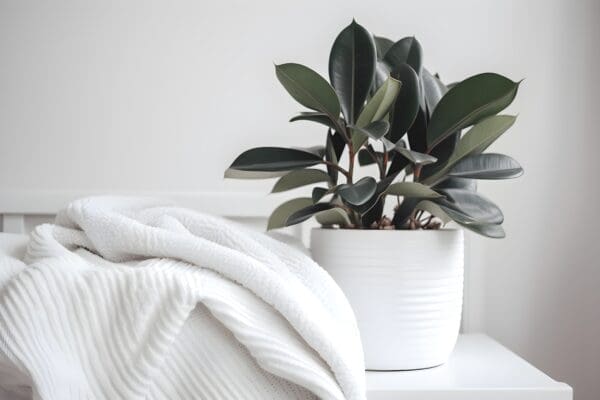
Toxic to cats, leading to drooling and vomiting.
Alternative: Norfolk Island Pine (Araucaria heterophylla)
17. Schefflera (Schefflera spp.)
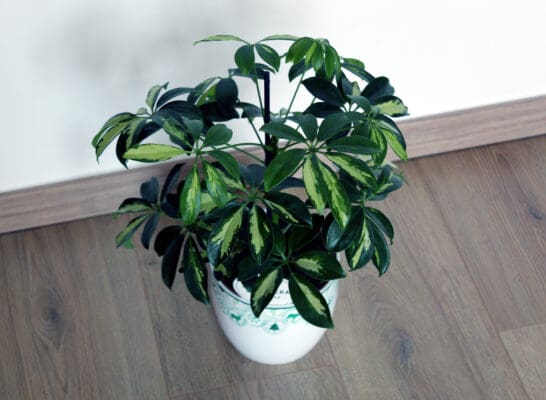
Can cause oral irritation and digestive issues in cats.
Alternative: Cast Iron Plant (Aspidistra elatior)
18. ZZ Plant (Zamioculcas zamiifolia)
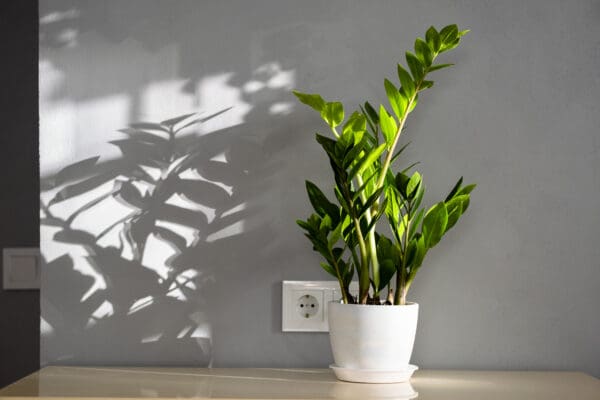
Toxic to cats, causing vomiting and diarrhea.
Alternative: Ponytail Palm (Beaucarnea recurvata)
19. Hoya (Hoya spp.)
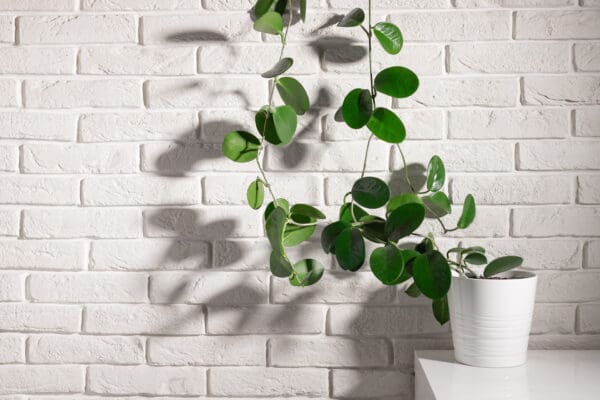
Can lead to vomiting and diarrhea in cats.
Alternative: Wax Begonia (Begonia spp.)
20. Dumb Cane (Dieffenbachia spp.)

Causes mouth and throat irritation in cats.
Alternative: Swedish Ivy (Plectranthus verticillatus)
When choosing houseplants, it’s vital to consider your cat’s safety. These alternatives not only provide greenery but are also non-toxic to cats, ensuring a healthy and harmonious living environment for both you and your feline friend. Remember that it’s essential to place these safe plants out of your cat’s reach and to discourage any nibbling. By making informed choices, you can enjoy the beauty of indoor gardening while keeping your cat safe and happy.
